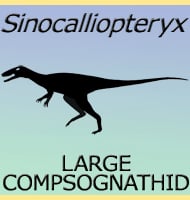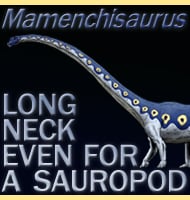In Depth
Pholidophorus is often considered a herring-like fish in both appearance and ecological niche. The symmetrical tail would have allowed for fairly high cruising speeds, though Pholidophorus were probably not pursuit predators. Instead they likely inhabited surface waters where they either focused their attentions upon either small fish of other marine organisms. Pholidophorus are considered one of the first teleost fish but they were still primitive in form however since they still retained ganoid scales and had only a partially ossified backbone, meaning that it was still cartilaginous.
Further Reading
- On some new genera and species of fossil fishes. - P. Egerton - 1854. - The fossil fishes of the Hawkesbury Series at Gosford. - A. S. Woodward - 1890.










